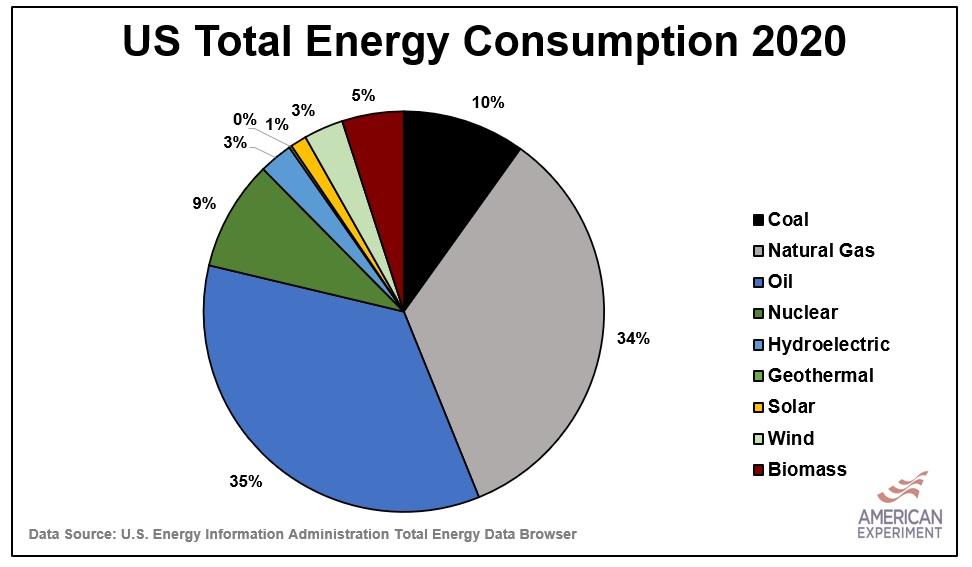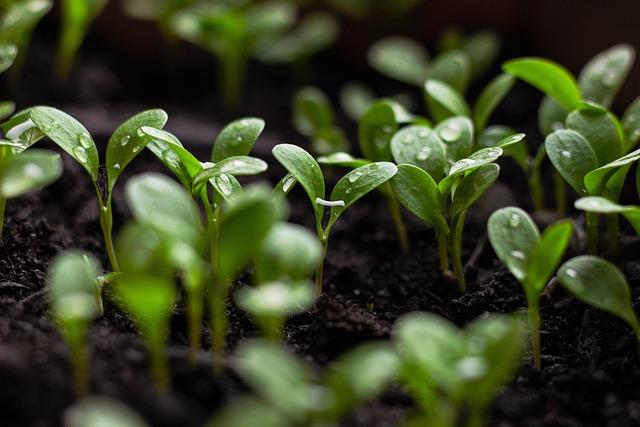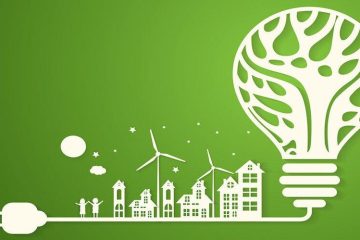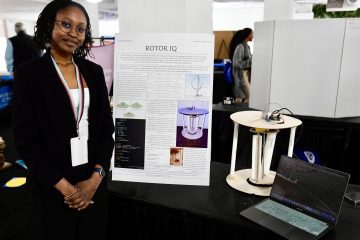Table of Contents
- Understanding Energy Consumption in the Kitchen
- Smart Appliances for Enhanced Efficiency
- Maximizing Natural Light and Ventilation
- Sustainable Materials for a Greener Kitchen
- Practical Tips for Reducing Energy Waste
- Q&A
- Future Outlook


Understanding Energy Consumption in the Kitchen
Energy consumption in the kitchen is often higher than in any other part of the home, making understanding and managing it crucial for improving energy efficiency. Several factors contribute to this significant energy usage, including the various appliances we interact with daily. Cooking methods, refrigeration, and even water heating can all impact our energy bills if not used wisely. By recognizing the main contributors to energy consumption, homeowners can take targeted actions to reduce waste and create a more efficient cooking environment.
The following appliances are the primary culprits in the kitchen when it comes to energy use:
- Refrigerators: Keeping food fresh can consume a surprising amount of energy, especially if they’re outdated or not properly maintained.
- Ovens and Stoves: Conventional ovens, especially if used inefficiently, can draw significant power. Opting for energy-efficient models or alternative cooking methods can lessen this impact.
- Dishwashers: These machines can save water and time, but using them wisely—such as running only full loads—can also optimize energy use.
To illustrate how various kitchen appliances vary in energy consumption, consider the following table comparing daily usage:
| Appliance | Average Daily Energy Use (kWh) |
|---|---|
| Refrigerator | 1.0 – 2.0 |
| Electric Oven | 2.0 – 2.5 |
| Dishwasher | 1.5 - 2.0 |
By being aware of these figures, kitchen users can make informed choices, leading to effective energy management in their cooking spaces. Small changes, such as selecting ENERGY STAR-certified appliances or optimizing usage times, can collectively have a significant impact on overall consumption. Adjusting habits in the kitchen can not only lead to cost savings but also contribute to a more sustainable home environment.
Smart Appliances for Enhanced Efficiency
In the evolving world of kitchen technology, smart appliances stand at the forefront, revolutionizing how we cook, clean, and conserve energy. These innovative tools are designed not only to enhance your culinary experience but also to significantly reduce your energy consumption. With features like programmable settings, real-time energy monitoring, and integration with mobile devices, homeowners can now achieve optimal efficiency effortlessly.
Some examples of smart appliances to consider include:
- Smart Ovens: With pre-set cooking modes and remote access, these ovens can adjust cooking times and temperatures for maximum efficiency.
- Energy-Efficient Refrigerators: Many smart fridges now come equipped with features that reduce energy usage, such as door alarms and adaptive defrost settings.
- Smart Dishwashers: These appliances utilize sensors to determine the optimal wash cycle, ensuring that you only use the necessary amount of water and energy.
Furthermore, integrating these smart gadgets into your kitchen can simplify appliance management, making it easier to adhere to energy-saving practices. For instance, energy management systems that are built into certain devices allow users to track their energy use in real-time. Here’s a simple overview of energy-saving features:
| Appliance Type | Energy-Saving Feature |
|---|---|
| Smart Ovens | Remote cooking settings |
| Refrigerators | Adaptive cooling algorithms |
| Dishwashers | Smart load sensors |


Maximizing Natural Light and Ventilation
Incorporating natural light into your kitchen design not only enhances the ambiance but also significantly reduces the need for artificial lighting, leading to increased energy efficiency. Consider strategically placing windows, skylights, or doorways that allow sunlight to stream in during the day. Utilize reflective surfaces such as light-colored cabinetry and countertops that can bounce light around the room, making your kitchen feel larger and brighter. Additionally, consider using glass doors or large windows that open to outdoor spaces to create a seamless connection with nature.
Proper ventilation is equally crucial for maintaining a comfortable and energy-efficient kitchen. Good air circulation helps to control humidity and remove cooking odors, promoting a healthier environment. Incorporate range hoods that vent to the exterior if possible, and choose windows that can be easily opened to facilitate cross-ventilation. Using operable skylights can further enhance airflow, particularly in warmer months, allowing hot air to escape while drawing in cooler outside air.
It’s also beneficial to integrate energy-efficient appliances that complement your natural light and ventilation strategies. When selecting appliances, focus on those with high Energy Star ratings, as they consume less electricity and produce less heat. By choosing items like induction cooktops and energy-efficient ovens, you not only maintain a comfortable kitchen environment but also contribute to your overall energy savings. Here’s a simple comparison table showcasing the benefits of these choices:
| Appliance Type | Energy Efficiency | Heat Emission |
|---|---|---|
| Induction Cooktop | High (Energy Star rated) | Low |
| Convection Oven | High (Energy Star rated) | Moderate |
| Traditional Oven | Medium | High |


Sustainable Materials for a Greener Kitchen
Choosing the right materials when designing your kitchen is crucial for creating the ultimate energy-efficient space. Modern homeowners are increasingly turning to eco-friendly materials, which not only contribute to energy savings but also help reduce environmental impact. Some popular options include:
- Bamboo: A fast-growing renewable resource that is durable and attractive.
- Recycled Glass: Ideal for countertops and tiles, offering a unique aesthetic while minimizing waste.
- Cork: Sustainable and comfortable, cork is an excellent flooring option with natural insulation properties.
Another vital aspect to consider is the finishes and coatings used on your kitchen surfaces. Many conventional products contain harmful chemicals that can off-gas and affect indoor air quality. Opting for low-VOC (Volatile Organic Compounds) or water-based finishes can significantly mitigate this issue, providing a healthier environment for you and your family. Look for certifications such as Green Seal or Greenguard to ensure you’re making informed choices.
In addition to materials, don’t overlook the energy-efficient appliances you incorporate into your kitchen design. When selecting appliances, always check for the ENERGY STAR® label, which identifies products that meet stringent energy efficiency guidelines. Investing in these appliances not only reduces energy consumption but may also lead to long-term savings on your utility bills. The combination of sustainable materials and energy-efficient appliances results in a harmonious balance that promotes both functionality and environmental stewardship.


Practical Tips for Reducing Energy Waste
To create a more energy-efficient kitchen, start by optimizing the usage of appliances. Energy-efficient models are designed to use less electricity and often come with features that help minimize waste. When it’s time to replace old appliances, look for the ENERGY STAR label, which indicates compliance with strict energy efficiency guidelines. Meanwhile, if you’re using older models, consider adjustments like reducing the temperature settings on your refrigerator and freezer. This simple change can lead to substantial energy savings over time.
Another effective strategy is to rethink your cooking habits. Utilize microwave ovens for smaller meals as they consume significantly less energy than traditional ovens. When cooking on stovetops, always cover pots and pans; this helps retain heat and reduces cooking time. Additionally, try to batch cook meals and use your oven more efficiently by preparing multiple dishes at once. This not only saves energy but also simplifies meal prep for the week.
incorporate smart technology into your kitchen to monitor and reduce energy consumption. Smart plugs and power strips allow you to schedule when devices are active, ensuring they aren’t consuming energy when not in use. For a more comprehensive approach, consider an energy monitor to track your daily usage patterns. Here’s a quick reference table to help you get started:
| Action | Expected Savings |
|---|---|
| Upgrade to ENERGY STAR Appliances | 10-50% less energy usage (varies by appliance) |
| Use Microwave Instead of Oven | Up to 80% less energy for small meals |
| Batch Cooking | Save energy during oven use by 10-20% |
| Install Smart Plugs | Potential savings of up to 15% on electric bill |
Q&A
Q&A: Maximizing Energy Efficiency in Your Kitchen
Q: What is energy efficiency in the kitchen? A: Energy efficiency in the kitchen refers to using appliances and practices that consume less energy while still performing their intended functions effectively. This includes everything from selecting energy-efficient appliances to optimizing cooking methods and reducing waste. The goal is to lower energy bills and minimize environmental impact.Q: Why is it important to have an energy-efficient kitchen? A: An energy-efficient kitchen helps reduce energy consumption, leading to lower utility bills and a smaller carbon footprint. Additionally, efficient appliances often offer better performance and longevity, making your kitchen more convenient and sustainable in the long run.
Q: How can I identify energy-efficient appliances? A: Look for appliances that have the ENERGY STAR label. This certification indicates that the appliance meets strict energy efficiency guidelines set by the U.S. Environmental Protection Agency. Researching product reviews and energy consumption ratings can also help you make informed choices.
Q: Can simple changes in cooking habits contribute to energy efficiency? A: Absolutely! Simple adjustments can make a significant impact. For example, using pots and pans that match the size of your burners helps reduce wasted heat. Additionally, cooking with lids on pots and using microwave ovens when possible can minimize energy use.
Q: Are there any benefits to using induction cooktops over gas or electric ranges? A: Yes! Induction cooktops are generally more energy-efficient than traditional gas or electric ranges. They heat up quickly and transfer energy directly to the cookware, reducing wasted heat. This not only saves energy but also makes cooking faster and safer, as the surface remains cool to the touch.
Q: What role does proper insulation play in energy efficiency? A: Proper insulation helps maintain a consistent temperature in your kitchen, which reduces the workload on heating and cooling systems. Insulating areas like your refrigerator and pantry can save energy, as well as enhance the performance of your appliances.
Q: How can I reduce water usage in my kitchen without sacrificing convenience? A: Install low-flow faucets and incorporate water-saving appliances such as dishwashers that use less water per cycle. Simple habits, like filling the sink for washing instead of letting the water run, can also ensure you’re conserving water efficiently.
Q: Is it possible to make my kitchen more energy efficient without a complete renovation? A: Definitely! Implementing small changes, such as upgrading to LED lighting, using energy-efficient cookware, and being mindful of your cooking habits, can significantly improve efficiency without the need for major renovations.
Q: How can I encourage my household to adopt energy-efficient habits in the kitchen? A: Start by educating your family about the benefits of energy efficiency and involve them in the process. Establish shared goals, create a checklist of energy-saving practices, and celebrate achievements to foster a collective sense of responsibility towards energy conservation.
These questions and answers aim to equip homeowners and aspiring chefs with practical knowledge to create a more energy-efficient kitchen, leading to both economic and environmental benefits. By making informed decisions and adopting sustainable practices, you can transform your kitchen into a space that’s not only functional but also eco-friendly.




0 Comments